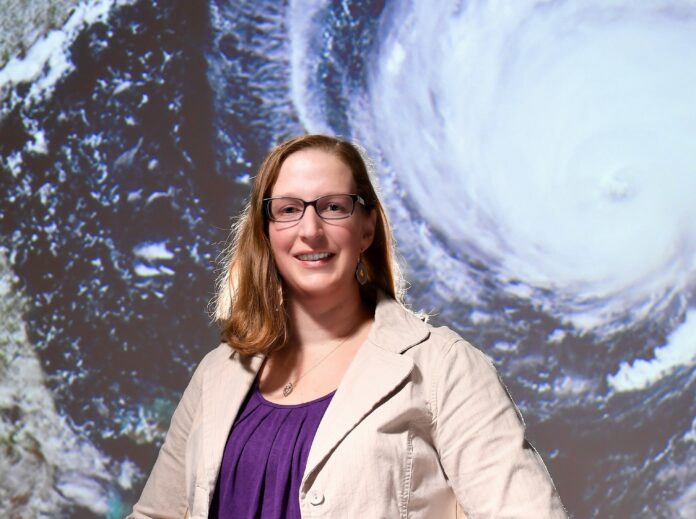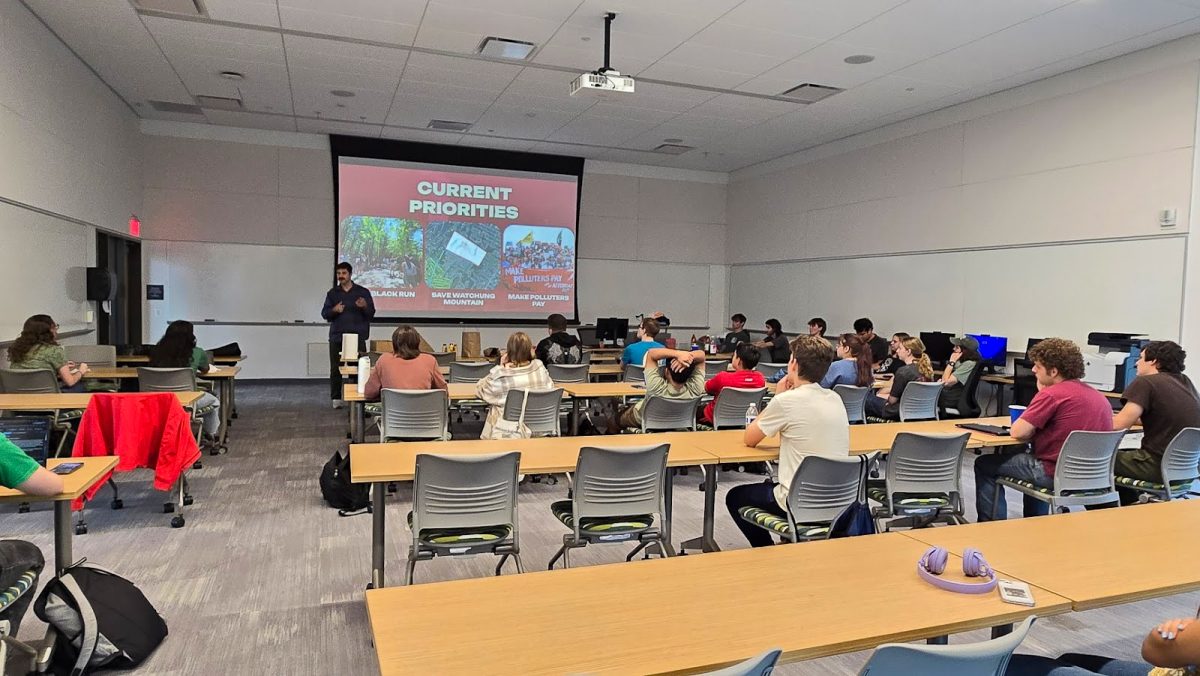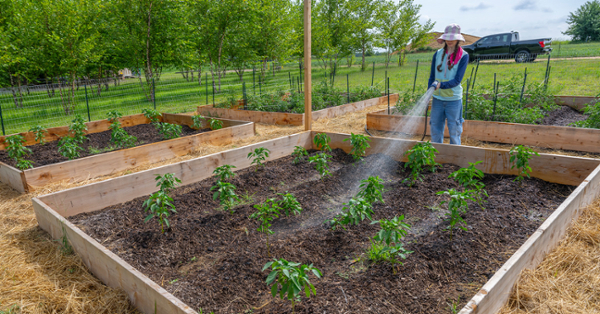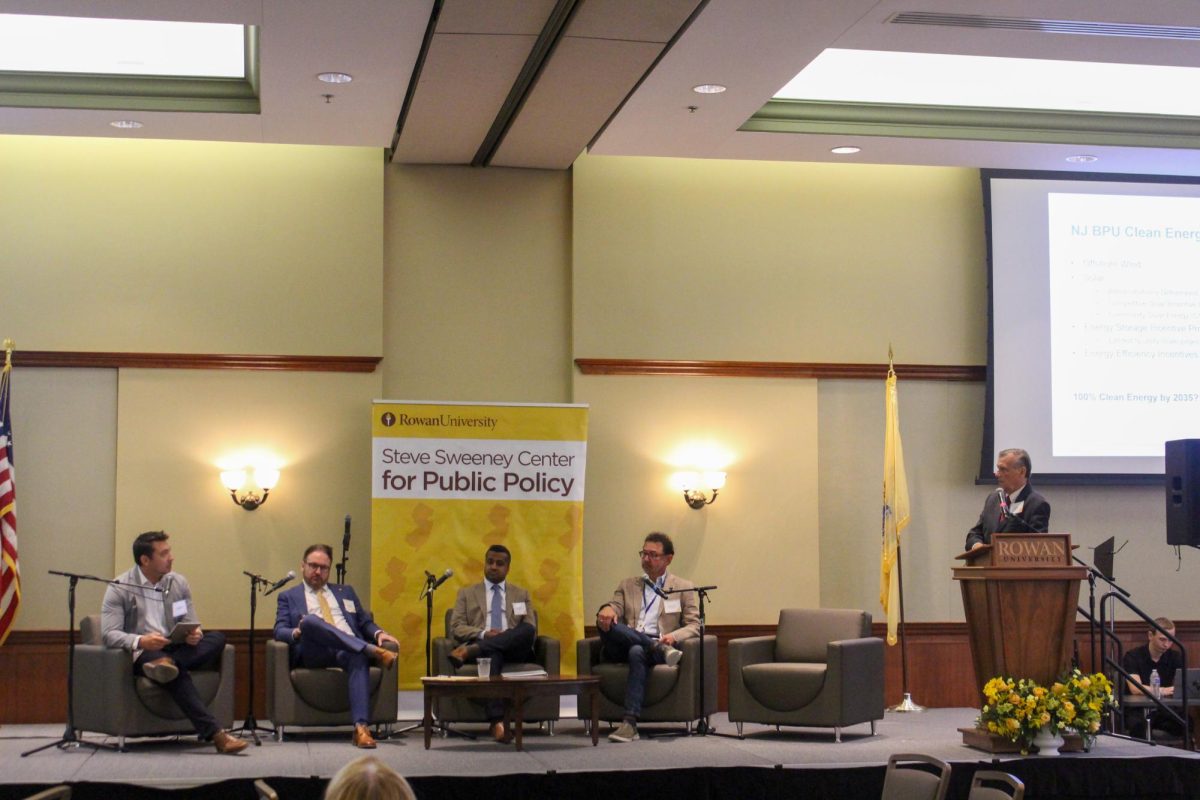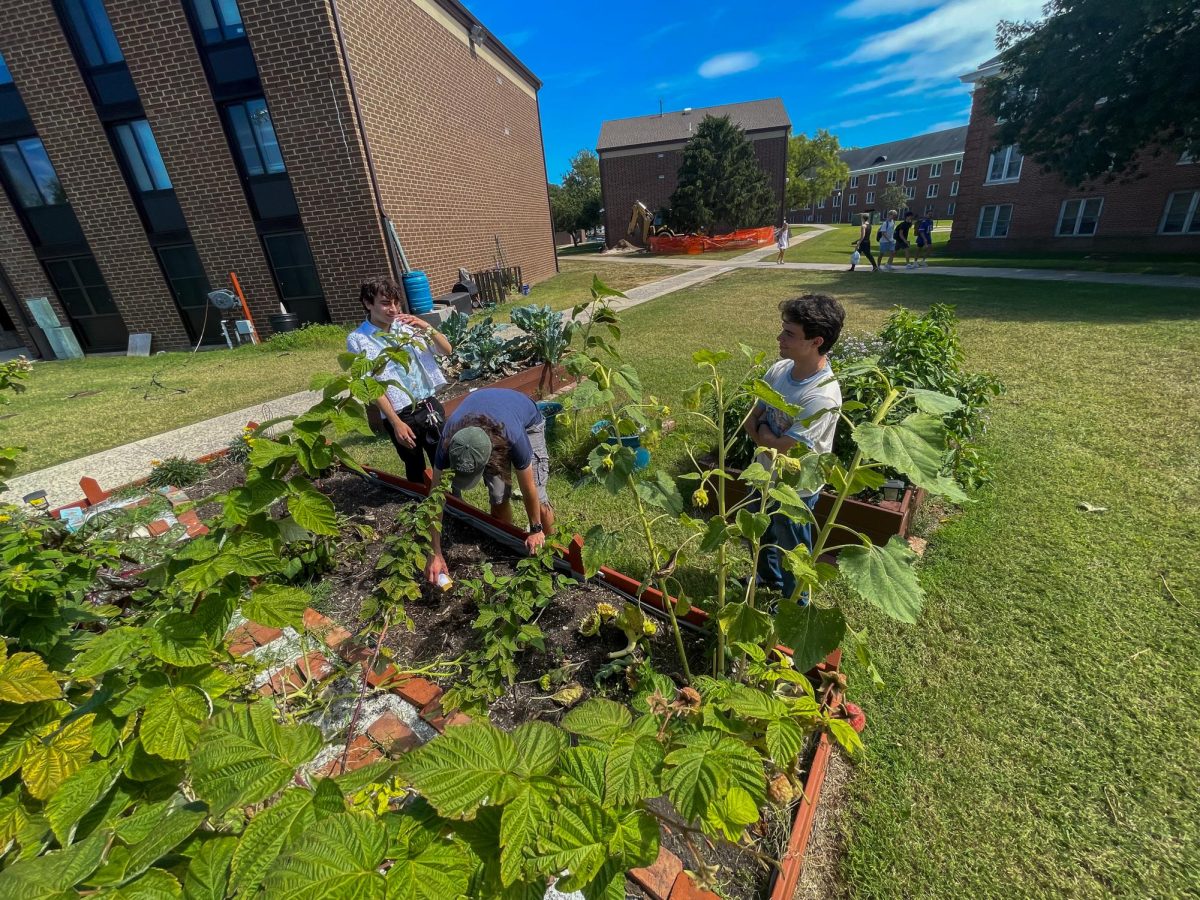With climate change, the Earth is bracing for a warmer atmosphere, a more acidic ocean, higher sea levels, and a change in precipitation patterns.
Dr. Andra Garner, an Assistant Professor in the Department of Environmental Science at Rowan University, is conducting research into the storms of the future – and how to prepare for them.
In a recent video posted by Rowan University on YouTube, Garner discusses how she is studying the impact of natural hazards due to climate change. Her work focuses on viewing these changes from large computational data sets of simulated hurricanes that are generated for several types of climates.
With this data, she can detect the patterns of these hurricanes from the past, and see how the increase in hurricanes will affect the future, specifically in her data set up to the year 2100.
“With all this data, I create databases that allow me to then look at how our knowledge has grown on the subject of sea-level rise over the last four decades or so,” said Garner, “…and to see how well our scientific knowledge translates into action for our local communities.”
Her research, which is also based on examining how New York City will be impacted by the severity of storms, allows her to understand what city officials can do to prepare residents. Garner assesses how the hurricanes will change in severity levels, and how the sea level rise will combine with this storm.
The researcher also discussed her goals for her research on climate change’s impact on natural hazards.
“We need to have a better handle on how especially damaging hazards like tropical cyclones or sea level rise may evolve as the planet warms if we want to be able to prepare our coastal communities for the future,” said Garner.
Continue reading the full story at The Whit Online.
This article originally appeared in the The Whit, a student-operated campus news outlet for Rowan University and a content partner with South Jersey Climate News.

